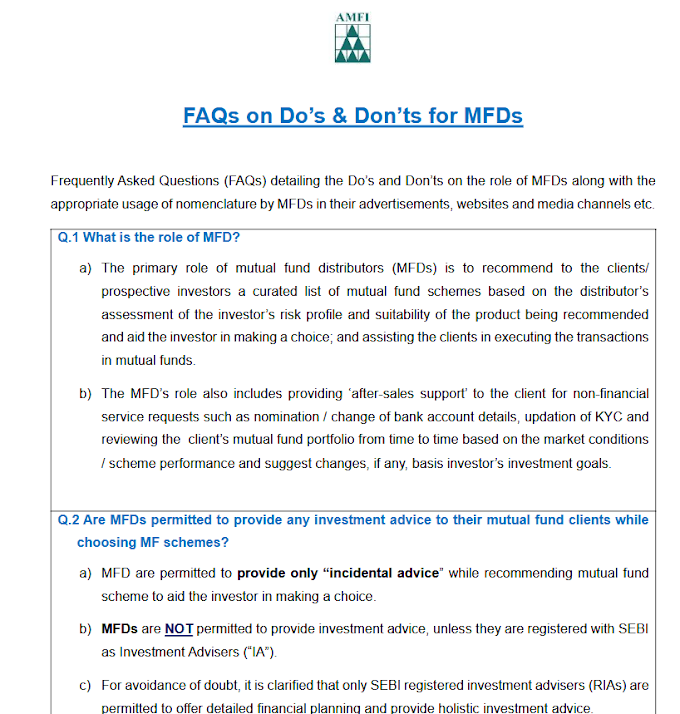Internal rate of return on mutual funds
From FundsIndia.com
Some of you who are into project planning may be asked by your finance team to give the internal rate of return (IRR) of the project you are planning. That is, the rate of return a project is expected to generate.
In the mutual fund (MF) world too, you may have heard of the term IRR when it comes to the returns of your portfolio or sometimes the returns on your SIP.
But then why is IRR used? Mutual funds have compounded annual return as well. Why use this?
For a one time investment, the compounded annual growth rate and IRR would be the same. But when there are investments being made at different dates, months or years, how do you take into account the time factor for your compounded annual return?
IRR comes into play here.
Let us understand this with an example.
Let us understand this with an example.
If you had invested Rs. 1,000 a month from beginning 2011 through end of March 2016, you would have the below amount.
Now you might say that on an absolute basis the fund delivered 58% (cost of Rs.64,000 and market value Rs.1,01,587) or / you might calculate its compounded annual returns to be 9% taking a 6-year flat period, considering the total cost and total market value. But, then this is not exactly right. Why?
The reason is that the initial Rs. 1,000 would have earned a different return as it would have been invested for 72 months compared with 71 months in the case of the 2nd instalment of 1,000 and so on.
Hence, every instalment would have earned slightly different returns, as they were invested over varying time frames.
This is where IRR helps you calculate a return factoring different time periods; it adjusts for the varying time frames.
The IRR for the above illustration is 17%. This makes for good comparison with other funds or your other investments.
When the inflows (that is investments) are in equal intervals IRR is used. When they vary XIRR is used.
Let us take an example of irregular inflows / investments. Taking the same example of Franklin India Prima Plus, the below illustration shows inflows and redemptions over different periods.
Yes on absolute terms an investment of Rs. 3.1 lakh yielded a return of Rs. 5.76 lakh. But it is the IRR of 19% that can be compared with other fund / asset classes’ returns to know which of your assets have fared better.
Similarly, for your own portfolio (you may have seen the portfolio returns of your investments in FundsIndia), it is XIRR which is used to calculate the returns of your portfolio, taking into account all inflows and redemptions within that portfolio.
Thus IRR is an extremely meaningful data point to help you compare returns when you invest across many time frames.













































